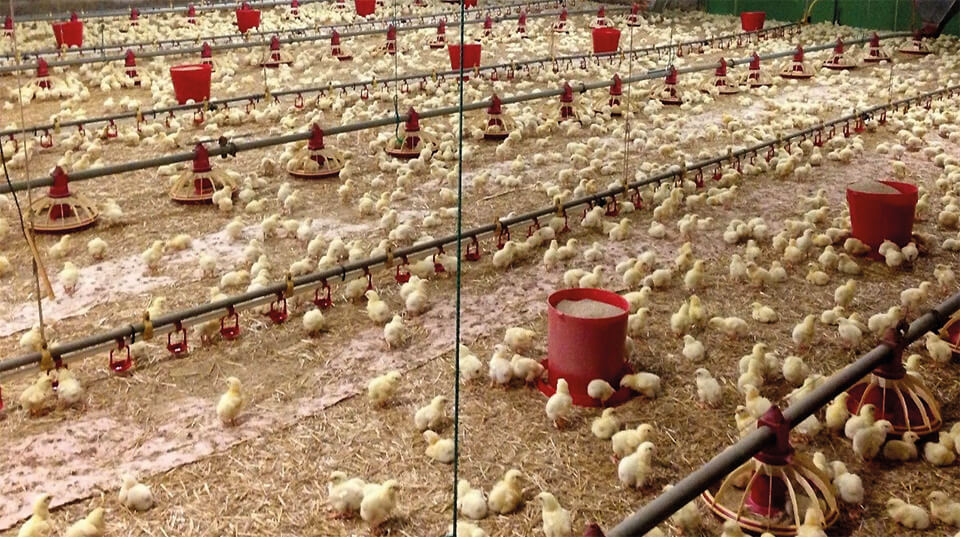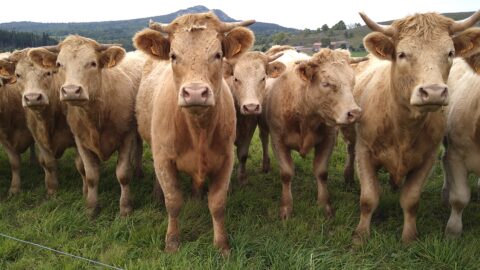Pasteurella multocida chez les bovins : évolution de l’antibiorésistance et stratégies de traitement

Auteurs
Résumé
Cet article s’appuie principalement sur les travaux des projets européen Vetpath et du réseau français Résapath. En France, les proportions de souches de P. multocida résistantes sont chez les bovins globalement faibles, inférieurs à 20%, pour la plupart des antibiotiques à l'exception des tétracyclines. Les proportions de souches résistantes au florfénicol sont particulièrement faibles. La proportion de souches résistantes a augmenté pour les tétracyclines, la tilmicosine, l'enrofloxacine et la fluméquine. Ces proportions de souches résistantes isolées en France sont un des éléments que doit prendre en compte le thérapeute quand il choisit un antibiotique pour traiter une bronchopneumonie infectieuse chez un bovin.
Abstract
This article is mainly based on the joint work of the European Vetpath project and the French network, Resapath. In France, the percentage of resistant P. multocida strains in cattle is generally low for most antibiotics, less than 20%, with the exception of tetracy-clines. The percentage of strains resistant to florfenicol is particu-larly low. The proportion of resistant strains has increased for tetra-cyclines, tilmicosin, enrofloxacin and flumequine. The percentage of resistant strains isolated in France is one of the factors that the veterinary surgeon must take into account when choosing an anti-biotic to treat infectious bronchopneumonia in cattle.
D'autres articles
JNGTV 2006 Page 585
Toutes espèces · Aucun thème


